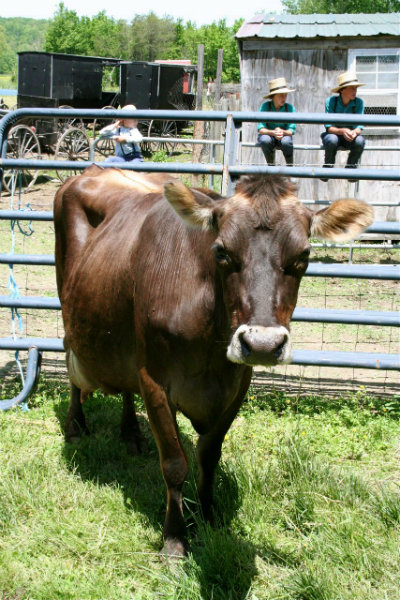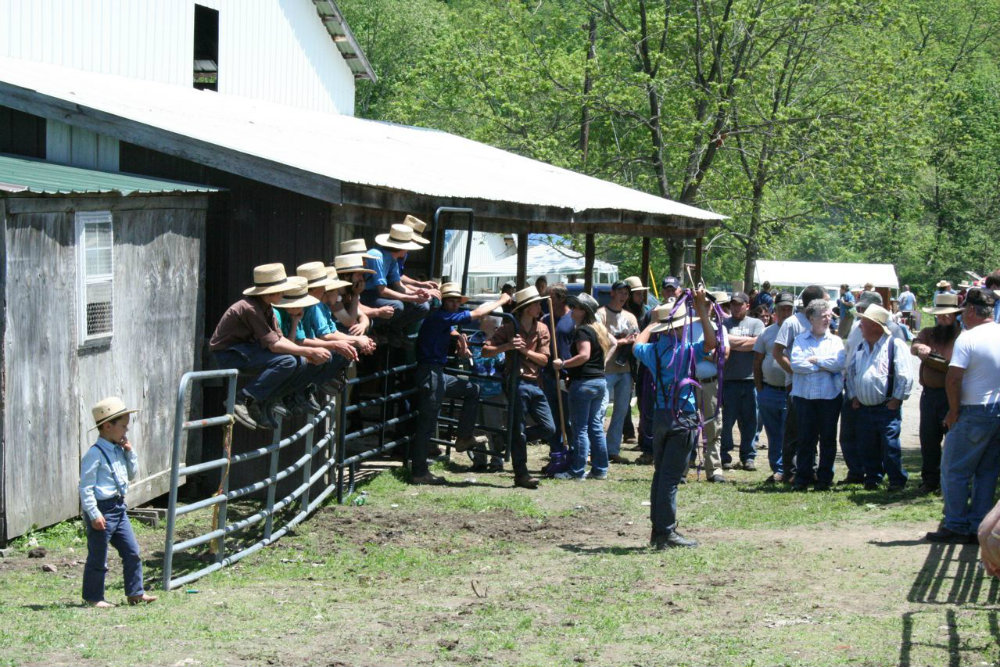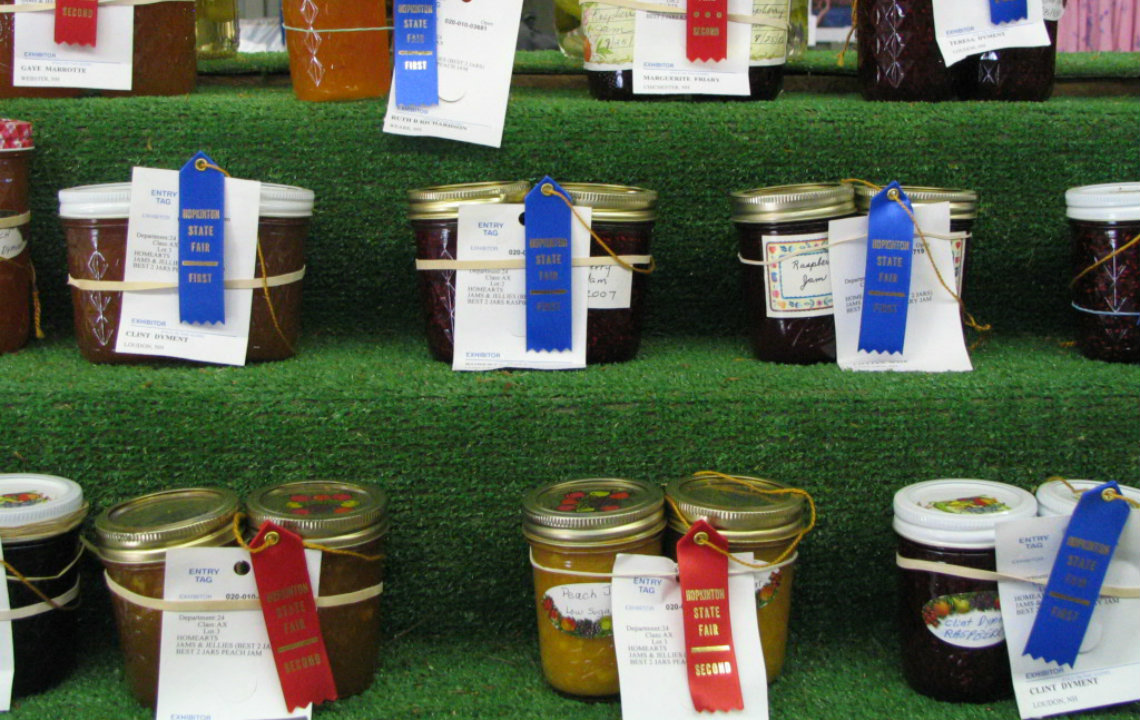Kentucky farmwife Catherine Pond takes us to the fair and looks into the history of how state and county fairs began in the United States.
There is something about a good old-fashioned country fair that just seems so happy and rousing. To see children exhibiting their animals with pride, to watch our boys enjoying themselves, to have my own reminiscences of childhood, and to connect with friends just makes the day worthwhile.
 A country fair is everything you’d expect—the state fairs are big and raucous in the larger agricultural states while the smaller states, or individual county fairs, have quieter offerings that are nonetheless appealing. However, count on corn dogs, wild rides on the midway, tractor pulls, and 4-H and other judging events (pies, canned goods, quilts, flowers etc.) to be at every one of them.
A country fair is everything you’d expect—the state fairs are big and raucous in the larger agricultural states while the smaller states, or individual county fairs, have quieter offerings that are nonetheless appealing. However, count on corn dogs, wild rides on the midway, tractor pulls, and 4-H and other judging events (pies, canned goods, quilts, flowers etc.) to be at every one of them.
Where the bigger, noisier fairs seem to scream “summer,” a harvest fair is more about the beauty and plenty of autumn. On any given weekend you might also encounter a farm auction or Amish benefit sale. Any one of them is a perfect opportunity to discover your region—before or after your move to the country. The best time to go is with a clear blue sky and a hint of fall in the air.
How state fairs began in the United States
The history of the state fair in the United States dates to 1841 when the first gathering was organized in Syracuse, New York. In addition to focusing on agricultural offerings and economy, in the nineteenth century the state and county fairs also became showcases for recipe judging and all manner of domestic arts.
 Derek Nelson wrote [in “The American State Fair,” Saturday Evening Post: June 29, 2009]:
Derek Nelson wrote [in “The American State Fair,” Saturday Evening Post: June 29, 2009]:
“There is nothing quite like that strange, veritable city that rises anew year after year on the outskirts of town to fill youths with wide-eyed wonder and adults with vivid memories of their own childhoods. The American state fair is a conceptual curiosity, a celebration of agriculture that is at once a fantastic departure from the discipline and labor of the farming life.”
Fairs provided farm families the opportunity to take time away from the day-to-day of their farm-based lives and also featured new inventions and methods for greater agricultural economy. Children could exhibit their animals; mothers brought their favorite recipes for judging; and fathers often engaged in contests with their draft animals.
Today’s fairs bridge agriculture’s history and its future
Today, the county and state fairs bridge old agricultural traditions with newer thrills. They are also a chance for children in 4-H and FFA (Future Farmers of America) programs, to display their animals, handy work and other skills.
We’ve been to a few county fairs in Kentucky and I'm sure they are all different. There are also so many counties in this state–120 in fact—that it would take years to discover each of them. For many years back in New Hampshire we attended our local county fair with our younger children and some great friends. There's nothing like a riot of noise, color, lights, action and the occasional giddy scream to put a smile on your face. [To give you a sense of the size of Kentucky, New Hampshire has seven counties.]
We also enjoy looking at oxen, cows, pigs and other animals, prize vegetables, and a requisite visit to the Home Arts building to see the prize-winning baked goods and preserves. The atmosphere at the best fairs feels like that of the classic country fair portrayed in E.B. White's Charlotte's Web.
Another pleasant day can be had at a benefit auction or sale, such as those that the Old Order Mennonites and Amish hold several times a year in their communities. They are generally organized to assist with medical expenses in a given church (or a more global charity) and include day-long auctions that include all manner of vehicles, farm tools, household goods, plants and livestock. Our local benefits have also had excellent bake sales and popular chicken barbecues.
To find the local county or harvest fairs near you, check with your local County Extension Office (this directory maintained by the National Pesticide Information Center has links to offices in every state) or sponsoring agricultural organizations. Some states also publish annual directories.

























